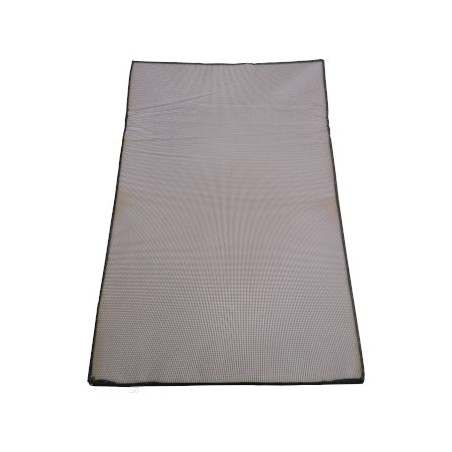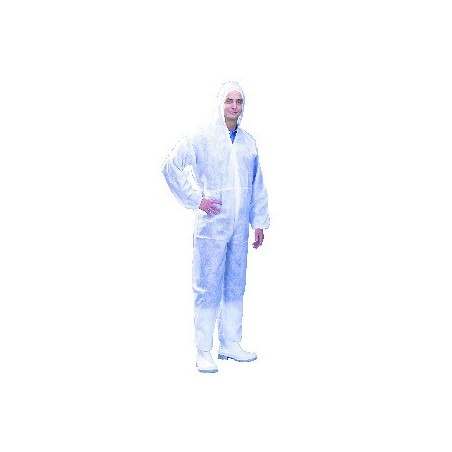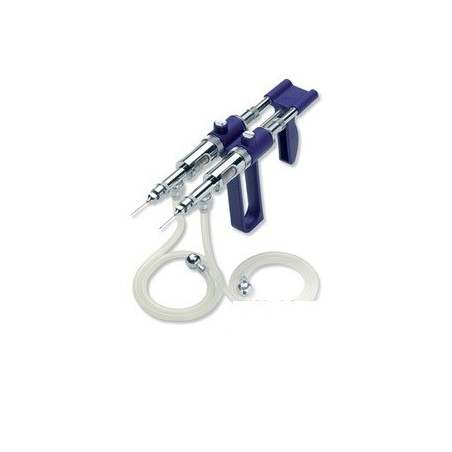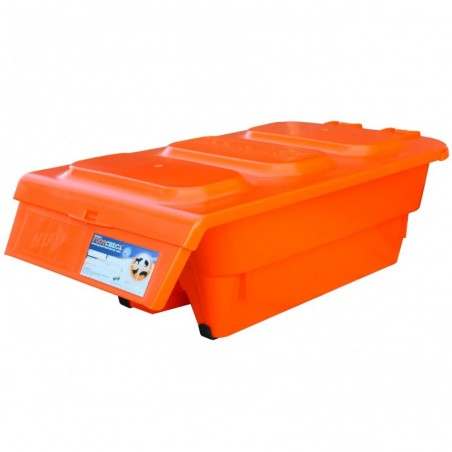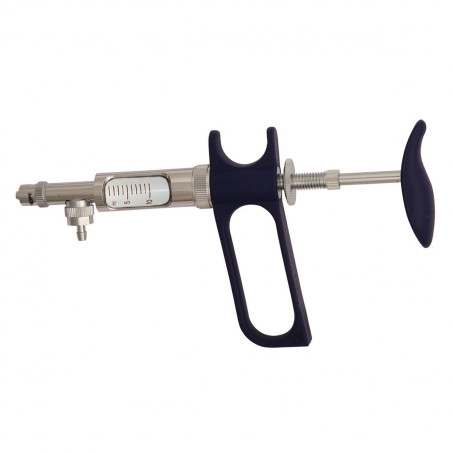Biosecurity is a fashionable concept. Nevertheless, as a veterinarian who has worked in pig production for more than 25 years, I have the feeling that biosecurity has always been central to my daily practice. We could refer to it with more or less scientific names: epidemiology, or common sense, simply.
Farmers are increasingly conscious of the importance of protecting their farms against the entrance of new infections. Our repertoire of vaccines increases regularly, but many times, it is really inside our own farms and during our daily actions that we should redobled our supervision . Frequently, diseases become established on a farm because we "culture" them.

Organisation of buildings and flow of animals
As veterinarians, we are not always consulted when new buildings are constructed on a farm. Nevertheless, it is often there where everything starts.
Due to an increase in the number of animals, and during the process of group housing the sows, the first building plan suggested by one of my clients planned to keep the existing building for the pregnant sows, farrowing rooms, nursery and fattening pens, and erect a second building with farrowing pens, nursery and fattening pens, but the fact of having talked about this before making the changes helped to refocus the project, housing all the sows (pregnant, farrowing and nursery) in the old building, and the fattening pigs in the new building, reducing in this way the contact between the animals in the fattening area and the sows.

Daily hygiene
It is very easy to get an idea of the degree of hygiene on a farm: clean changing rooms, tidy medicine storage, clear corridors… but the devil normally hides in the small details.
I had to intervene on a farm that, although it had very good results, was regularly affected by bouts of diarrhoea in the farrowing area, vaginal discharges in the service area, arthritis in piglets and a very high mortality in the nursery. The farm was quite new: equipment entry system, entrance with changing room, resting room, office and toilet, all well maintained. To go to the farrowing house and the mating area, one had to cross a large corridor (some 50 meters). Walking through the corridor, I saw a damp patch of about a meter tall. There were no water nor liquid feed pipes in that area. We went on with the visit, and I saw that there was no toilet in this sector of the farm. Intrigued by the damp patch, I asked the farmer, and he answered that he hadn’t noticed and that he didn’t know how to explain it. When exiting the mating area, without having found any explanation for the vaginal discharges, I insisted on the damp patch, and I suggested that maybe some worker used that spot as a urinal.
If the workers don’t care for their own hygiene, not cleaning their hands before/after urinating, etc., this tells us that they don’t understand at all the basic concept of hygiene and, therefore, they will not apply it to any task on the farm, like during insemination, the processing of piglets, farrowing assistance, etc. Two weeks later, the farmer phoned me to organize a basic hygiene training course to his staff.
Cleaning and disinfection
Regarding this question, we must also show a critical attitude. During the visits to the farms, we can frequently see rooms being cleaned or that have been cleaned, and it would be a mistake not to take advantage of that moment to carry out a small verification. We then see, to our amazement, that the piglets’ creep feeders have not been removed from the farrowing pens before the cleaning procedures, that the lamps remain in the room, that the heating mats have not been removed, that the disinfection has ended but that the slurry pits have not been emptied yet, that the gaps between the wall and the slats are clogged with hardened faeces, etc., not to mention, of course, that the dose of disinfectant that it is really applied has not been checked for years.
The cleaning of the rooms is an unpleasant and hard task, and it is often unappreciated, but it can be very beneficial to talk about this with the people that perform this task regarding their method and the importance of this task for the correct functioning of the farm. I even met a farmer that refused to delegate this duty because he understood the importance of this task for the farm.
Injections and treatments
Injections are a common task on pig farms: vaccination, assisting farrowings, individual treatments, etc. Here, we must also think before acting.
Can you imagine that the nurse that is going to give you an injection at the hospital just administered an injection to your roommate with the same needle? Well… this is a common practice on many farms, and so often, this same needle is also used to pierce the antibiotic or anti-inflammatory drug vial.
When we handle piglets, we use many tools: boxes to move them or process them, tools to dock tails or clip teeth, etc., and all of them are good ways of transmitting diarrhoea among litters or to open the door to ‘the baddies’, such as streptococci.
During blanket vaccination processes, it is often interesting that we ask ourselves about the number of animals vaccinated with a ‘single-use’ needle.
There are farms organised in such a way that the quarantined gilts are vaccinated at the same time than another group of animals, and sometimes with the same injection material.

Batch management and animal mixes
Every time that a new disease appears (this was the case of PRRS, and of circovirus later) we rediscover the benefits of strict batch management and of the limitation of the mixing of animals (between batches, parities and litters). And every time that the situation improves, when we have vaccines available, we forget it!!
Nowadays, with the increase in prolificacy exceeding the nursing ability of the sows, the future could be difficult on some farms, because with the euphoria of the results we forget these basic health management concepts. There will still be work for the veterinarians!






